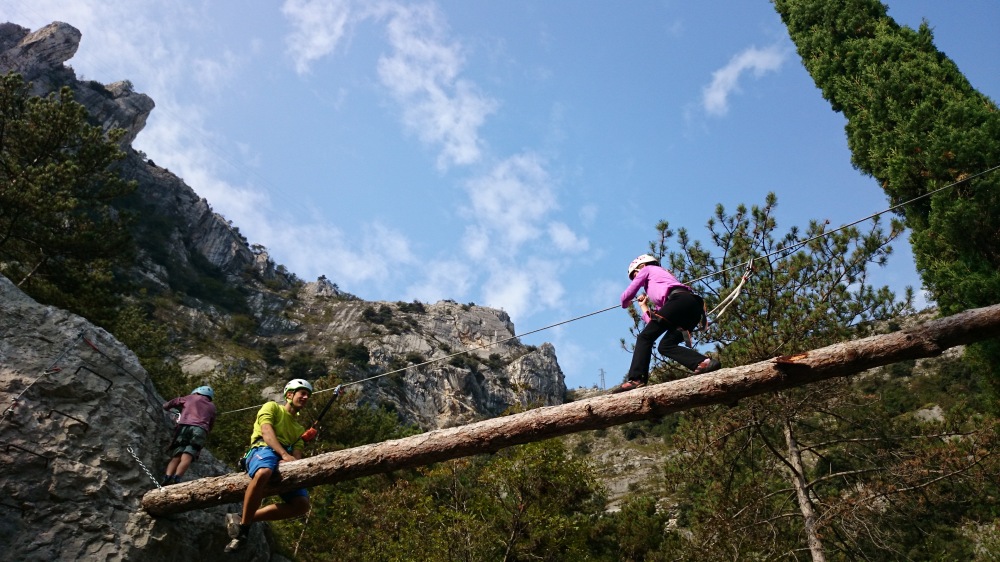“When you’re surrounded by people who share a passionate commitment around a common purpose, anything is possible”.
This quote by fellow coffee-lover, Howard Shultz, speaks to the core by which our Cortado program thrives. We are all invested. The kids health and well-being, their school, the maintenance and safety of the boat, Tony’s work projects, my creative energies – all are valued and supported. We all want it to work, therefore it does.
I have written in earlier posts about the kids’ commitment to learning and how their drive and independence is a force in and of itself. They put in a great effort, therefore we all thrive in our grand plan of travel and adventure. If the school portion of “Adventure School” was not working, then we would have abandoned ship a long time ago.
Last year our History and Geography studies were centered on the 50 United States and outstanding Americans in all sectors. We studied each state in great detail and historic figures whom have influenced our nation.
This school year we have been studying chronological World History (pre-Stone Age to present), which has had an enormous impact on us all. This is a BIG subject; one which takes the kids out of their understandably self-centered lives and into a world before they arrived. Our textbooks from the Calvert School illuminate the story of what has happened on our planet, “century by century, epoch by epoch.” This format gives the children a continuous view or ‘panorama’ of the ages rather than one nation or one period of time (ie: studying singularly Greek History or The Bronze Age as stand alone segments). I love this format. It puts all of history, of which we are familiar in bits and pieces, into grand perspective.
Granada, Spain at the Alhambra 2015. Vandals in the early 400’s AD would have negotiated these very hills.
Recently we studied Justinian, a Roman ruler of the Eastern Empire (still Constantinople) in roughly 500 AD. Our textbook referenced the lasting effects a good ruler like Justinian can have not only on his people, but also for mankind in years to come. In addition to many “just” laws which we still use today, Justinian built a very beautiful church called the Santa Sophia, aka the Hagia Sophia, in Constantinople… which is now Istanbul… where we toured in October 2015. We STOOD in the VERY place that Justinian stood in 500 AD! We fell off our chairs with glee at the idea of this.
Hagia Sophia, Istanbul October 2015. Originally built as a Christian church, converted to a Mosque, now a museum.
This sort of experiential learning has benefitted us time and again. When studying the movement of Carthaginian (in the 2nd Punic War) and Germanic Tribes (in 400-476 AD) through what is now France, Spain and northern Italy it was easy to imagine the mountains traversed and how difficult the soldiers’ paths would have been, BECAUSE WE CLIMBED THE SAME MOUNTAINS! Learning is powerful when combined with visual and tangible experiences.
Arco, Italy. Climbing in the Dolomite Mountains, 2014. Germanic Tribes climbed these very mountains to defeat parts of the Roman Empire in 400 AD.
After studying ancient Greek History for months, we were thrilled to attend the Greek Festival in Miami last week. It was fabulous! The delicious food, dancing and passionate people honoring their culture was palpable. We loved it and while there, stocked up on Greek olive oil and honey (which are second to none, in my opinion). Opa!
St. Sophia Greek Church, Miami 2016. Greek culture has been of great interest to us lately –
Our World History studies have also sparked many healthy dinner-time discussions on current world affairs. The migrants in Syria have been an impassioned topic as we saw many of them in Turkey last fall. The current political climate in the US is of enormous interest to the kids, as we have studied ruler after ruler of great nations that have thrived with good leadership while others have been obliterated by selfish and greedy rule.
–
The Good President
The rich has a lot,
The poor does not.
Even though we hate it,
being unequal.
That could be for thousands of years,
Until we agree.
by Oliver Andrew Rey, March 4th 2016
Oliver wrote the poem above as the result of a lesson where he was asked to write about something — anything — he felt deeply in his heart. I expected something much lighter and was blown away by what was weighing on him. Political antics in America are, of course, creating stress in children (and adults as well), fueled by an uneducated public and unregulated media. I am grateful for the opportunity to discuss it all as we try to put things into perspective and then apply it to our broad-picture learning. Knowing one’s World History is critical to the greater discussion.
So understandably, learning about various nations’ rising and falling over the course of time has lit a new fire of interest in the kids’ perception of current affairs. They have seen Syrian migrants first hand, stood in historical parts of Istanbul that have since been bombed, climbed the via feretta* in northern Italy and walked the streets of Paris. They are passionate about the safety of their friends in other countries and appreciate cultural differences in others. Travel-school inevitably creates young citizens of the world.
At this point we are a little more than half-way through our World History and we love the subject. Our other reading pales in comparison right now to the greatest story on earth – the history of humankind!
——–
- A via ferrata (Italian for “iron road”) is a protected climbing route found in the Alps and certain other locations. Used for moving troops of soldiers through the mountains.
Lake Garda, Italy, 2014













I’m speechless at the breadth, scope and intellectual depth that comes wafting from that. Limited footage called Cortado.
Sent from my iPad
>
LikeLike